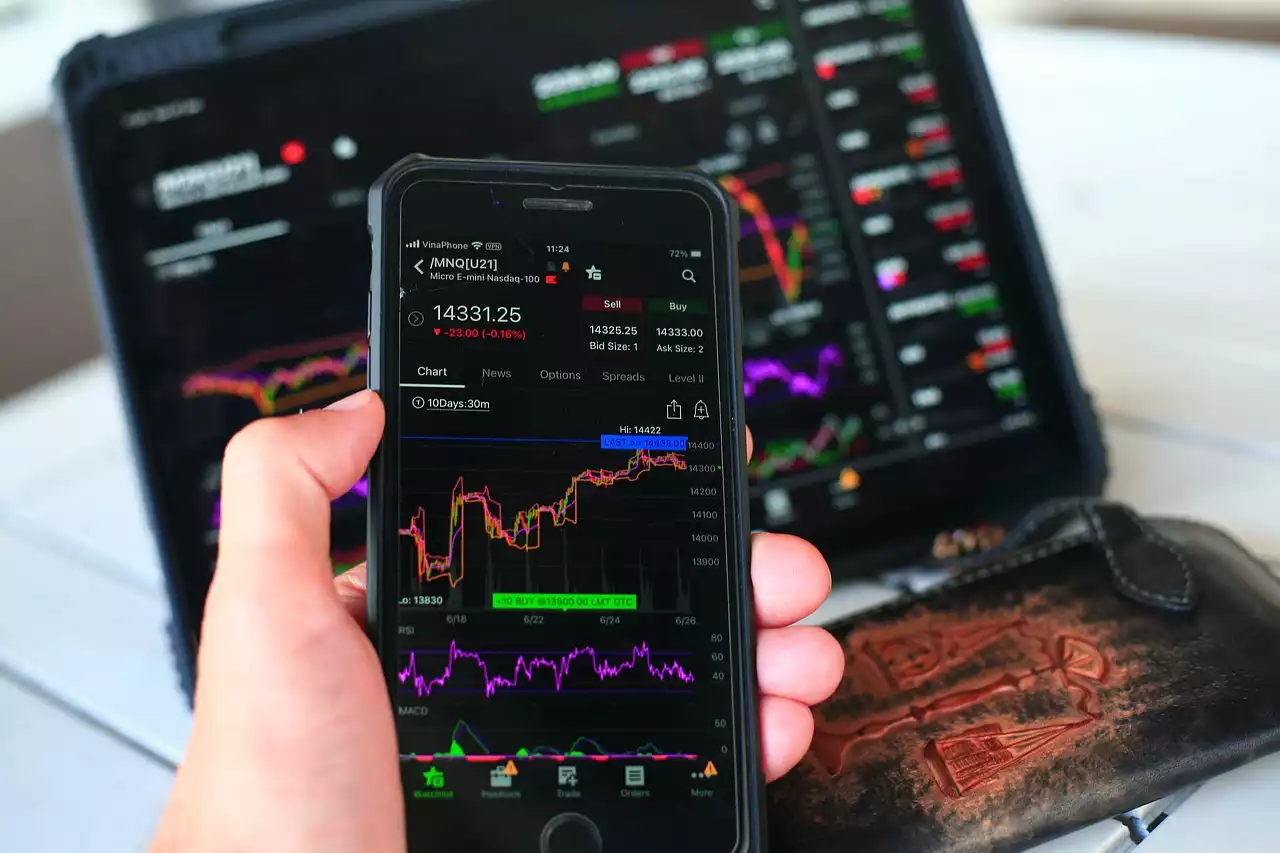Overview of Forex Position Trading
Position trading is a style of trading in which a trader holds a long or short position for a significant period of time, usually a few weeks to a few months. The goal of position trading is to capture larger market movements by taking a longer-term view of the market. This is in contrast to day trading, in which a trader holds a position for just a few hours or a few days. A position trader holds a position for a long period of time, usually weeks or months. Long-term traders take a broader view of the market and are less concerned with daily fluctuations in the price of a particular currency pair.
Advantages of Position Trading
- Since positions are held for a long period, traders have ample time to react to market fluctuations. This means that position traders can stay put and weather out any price corrections.
- Longer-term price movements are not as volatile as shorter-term movements. This makes it easier to keep a firm trading plan in place. It also makes it easier to stay disciplined and preserve profits.
- Position trading allows traders to take advantage of bigger price movements that occur from time to time. These movements could be triggered by a significant economic data release, a geopolitical event, or a change in central bank monetary policy.
- Position trading allows traders to take advantage of momentum and market psychology. This happens because traders start to jump into a market when it is rising and exit a market when it is falling. These psychology-based price movements are often short-lived and can provide profitable trading opportunities. - Position trading is a good strategy to use when markets are trending. This happens because position trading allows traders to ride out any price corrections that occur on the way towards longer-term price movement.
- Position trading allows traders to be nimble when they see price movements that they want to take advantage of. This can happen because traders can move into a position and out of a position relatively quickly.
Disadvantages of Position Trading
- Position trading can be a high-risk trading strategy because positions are held for a relatively long period of time. Traders have to expect that the price of their position could fluctuate significantly.
- Position traders have to deal with the risk of a large move against their position. This can be highly stressful and difficult to handle if it happens to be in a long position. Traders need to be sure that they have enough funds to withstand such a large move.
- Position traders have to be prepared to let their profits run. This means that they have to be willing to let a position run if the market is trending and their profit target has been reached.
Types of Forex Position Trading Strategies
So now that we’ve covered the basics of what is the best forex position trading strategy and the advantages and disadvantages of position trading, we can take a look at the different position trading strategies.
- Accumulation Trading - Accumulation trading is a strategy that most investors employ when they want to buy a large amount of a particular stock. The goal is to accumulate a large amount of shares in a company without causing the share price to spike. In forex trading, this strategy can be used to build up a large position in a particular currency pair without moving the market against you.
- Breakout Trading - Breakout trading is a strategy that attempts to enter a position as soon as there is a breakout in a particular market. Breakouts occur when a market reaches a new high or low after a period of consolidation. This strategy can be a good fit for position traders who are confident that the market will return to its previous trading range after the breakout.
- Channel Trading - Channel trading is a strategy that attempts to enter a position when a market breaks out of its trading range. This strategy can be a good fit for position traders who want to enter positions when a market is trending. Channel trading becomes more difficult when the market is in a trading range.
- Closing the Gap Trading - Closing the gap trading is a strategy that attempts to find a price at which two markets are trading at different prices. This strategy can be a good fit for position traders who want to find arbitrage opportunities in the forex market.
- Day Trading - Day trading is a strategy that attempts to enter and exit a position within a single trading session. This strategy can be a good fit for position traders who are more focused on intraday price movements. This can be a risky trading strategy and should not be attempted by beginners.
- Trend Trading - Trend trading is a strategy that attempts to enter a position when a market is trending in either a bullish or bearish direction. This strategy can be a good fit for position traders who want to be nimble when they see a trend starting.
Risk Management in Forex Position Trading
There are several strategies that traders can choose when they are position trading. These strategies have different risk management needs and can be combined with other strategies to create an overall risk profile that you are comfortable with.
- Break-Even Trading - Break-even trading is a strategy that attempts to enter a position when the price reaches a certain level. The position will be held until the price reaches a level where the position reaches a break-even point. The break-even point can be expressed in terms of either a profit or a loss.
- The Break-Even Crossing Close - The break-even crossing close is a strategy that attempts to enter a position when two markets close at a certain price level. This strategy can be a good fit for position traders who want to enter a position when a market is trending.








